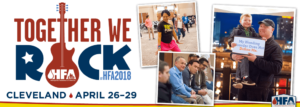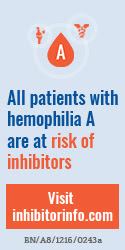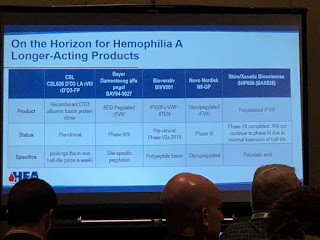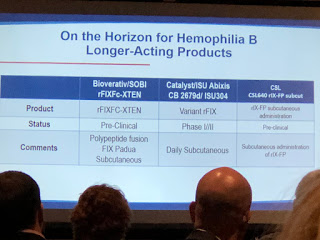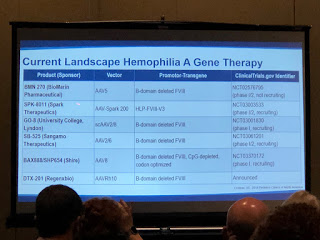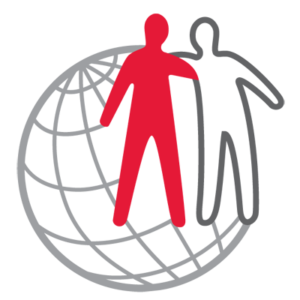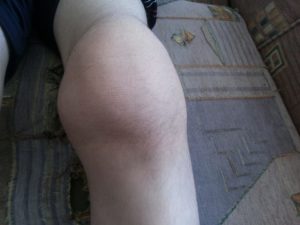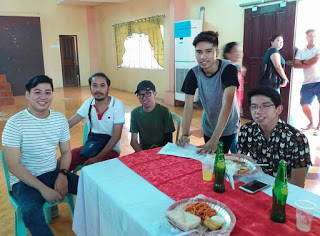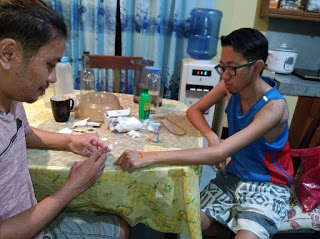Shetland: Hemophilia at 60° North


The Shetland Islands are a wind-swept, treeless, group of islands belonging to Scotland, that are carpeted with lush green, rolling hills, rugged rocks and daring cliffs that overlook the crashing North or Atlantic Sea. They are enchanting and idyllic. Having the best of the modern world—airport, hospital, cable TV and internet—they preserve a way of life not seen often in modern society. Community is paramount; civility the glue that holds communities together. You immediately take a deep breath of fresh sea air, and slow down your pace to enjoy a land where the surrounding sea seems to buffer you from cares and woes elsewhere.
Their history is more about Nordic explorers than Scotland proper. The Viking invasion began around 800 AD, and Shetland over time became a strategic location for explorers, shippers and eventually maritime activities during the World Wars. The Norse dominated Shetland for 200 years until 1468, when James III of Scotland married Margaret, a Danish princess. As the Danish struggled to create a dowry for the princess, Shetland was mortgaged to Scotland and finally annexed in 1471. Despite that, about 60% of Shetland men stem from Norwegian (perhaps Viking?) heritage.

My trip to Shetland actually began many years ago, when a mother from Shetland contacted me about her son with hemophilia. To assist answering her questions, I shipped her a copy of Raising a Child with Hemophilia, and our children’s books, and some things for the children, at that time numbering six—all free of charge. And so began a sweet pen pal relationship. Jan Howard is a thoughtful sender of cards, notes and photos of the children. I also love to send things by mail, so we exchanged birthday cards (home made by the children), Christmas cards and regular greeting cards. Jan always suggested I come visit and I wanted to. I had read about the Shetland Islands since a child, because of the Shetland ponies. And Jan ensured I read more by sending me books, some of which have become my favorites!
The World Federation of Hemophilia Congress is being held in Glasgow, Scotland this week, and this decided it for me. I would take a side trip before the Congress and fly to Shetland to visit Jan and the kids.
To read about a place is one thing; to visit, a lifelong memory, an experience that embeds itself in your heart and soul. What is there not to like about Shetland? With a population of only 30,000, people are polite to one another consistently, the pace of life is moderate and steady. The air is fresh, the countryside, though devoid of anything tall, and barren of trees, is stunningly beautiful. Stone cottages and stone walls landmark the horizon. Blue sky meets green land, which borders the ever-moving ocean. I was warmly greeted at the airport by David and Sandra, Jan’s parents, and Abigail, Jan’s 16-year-old daughter, who has mild factor VIII deficiency. Two other daughters have low levels of VWF.
A short drive over winding roads in the open countryside and we arrived at Jan’s pretty home, perched not far from the ocean. First order of business was to walk the gorgeous border collie Eddie, who enjoyed a brisk romp on the nearby beach! I worried even whether the children would understand me as my accent is different, but the Shetland accent is not like what you think of as a typical Scottish accent. It sounds more neutral, with some Welsh accent mixed in. In short, it’s delightful to hear!

I come from a big family myself, so to be surrounded by the loving and delightful chaos of laundry, snacks, board games, homework, happy dog, beady-eyed hamster, and chatty children were a throwback to my childhood. I lost 10 games of UNO with seven-year-old Talia. Abi and I belly-laughed recalling hw much we enjoyed the movie Deadpool. Hillel and Talia peppered me with questions about what’s on the American dollar bill.
We had a lovely visit to the Sumburgh lighthouse, an incredible feat of engineering. Lighthouses are vital to Shetland and Scotland’s safety and made a great contribution to saving thousands of lives through the years. Jan sent me The Lighthouse Stevensons, about how the lighthouses were designed and built by the family of Robert Louis Stevenson, one of my favorite childhood authors. Excellent book! We visited a croft house, representative of the way inhabitants lived centuries ago. We spotted puffins and guillemots on the cliffs in Sumburgh, with the birds nestled into their small coves like people in a high-rise condo.

I gave a talk on hemophilia and our charity work to the medical staff at the Gilbert Bain hospital in Lerwick, where Jan works as a pediatric nurse.
And we visit Yoel, 19, who has hemophilia, in Scalloway. What is it like having hemophilia and living on an island? There’s a hospital in nearby Lerwick; Yoel does receive excellent factor products, all paid for by the National Health System. One look at this over 6 ft lad is to see that he has received excellent medical care. His joints are in good shape. He is charming and fit. We walked about Scalloway, a quaint seaside community, and scaled the stone steps of Scalloway castle. While Yoel gets good medical treatment, he would still be reliant on an emergency helicopter ride to the mainland if needed. And the ambulance service in Shetland is… well, slow. There is a lack of community in hemophilia; there is only one other known family with hemophilia. I met the mother, Joanne, at the hospital, and gave her my book. It would be hard to start a chapter there, as there are only the two families.
But the families search the internet to get info and make contacts, have a great relationship with their hospital team, know the Haemophilia Society in Scotland, and Jan is attending the WFH Congress this week, for the first time. In fact, it’s her first time ever attending anything in hemophilia!

We flew down together yesterday, and she was excited. While the five children (Yoel lives independently; Hannah is away at school) stayed with Sandra and David, the grandparents, Jan took a week off to be with her other “family,” hemophilia.
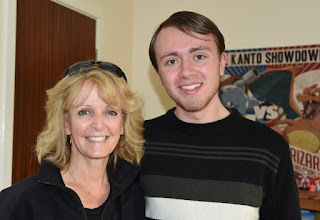
Did I mention she is a single mom? Single, nurse, mother of seven (three of whom have bleeding disorders), living on a remote island. She also, incredibly, sponsors two children in Nepal with Save One Life. If she doesn’t get Mother of the Year, I don’t know who would. I’m so incredibly happy to have visited her special community and to be in her country. I’m honored to have been with her family, and proud she is part of our bleeding disorder family.
You can read more about Jan next May, in PEN’s special issue on Island Life and Hemophilia.

